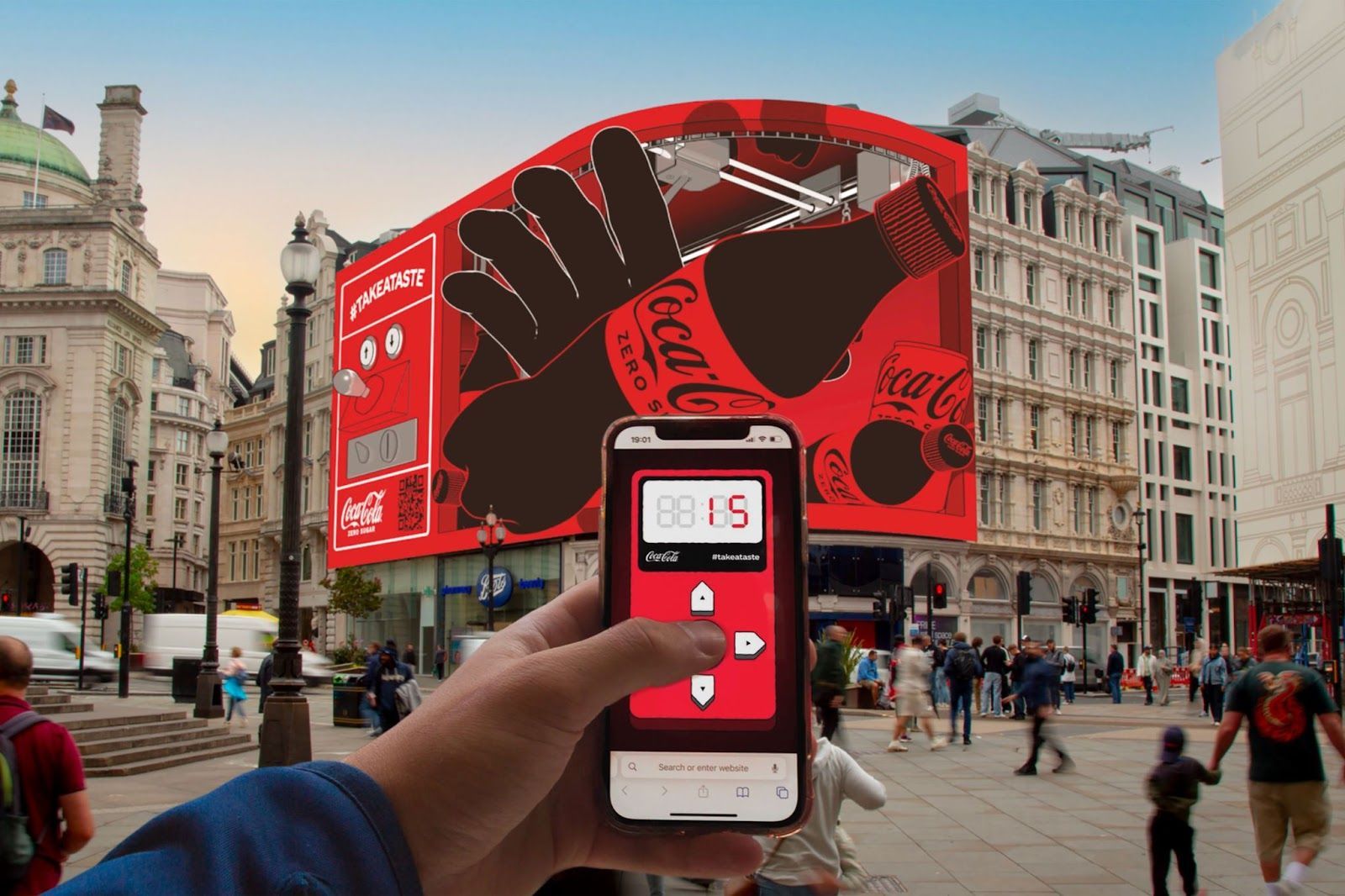Is AR Cheaper Than VR? Unveiling the Cost-Effectiveness in Emerging Tech
Introduction to AR and VR Technologies
Augmented Reality (AR) and Virtual Reality (VR) have revolutionized the way we perceive digital interaction. While VR immerses you in a digital world, AR enhances the real world with digital overlays. This fundamental difference influences their costs, applications, and technological demands.
Understanding the Basics of AR Technology
AR technology integrates digital information with the user's environment in real time. Unlike VR, which creates a wholly artificial environment, AR uses the existing environment and overlays new information on top of it.
Delving into VR: A Comprehensive Overview
Virtual Reality involves a complete immersion experience that shuts out the physical world. Using VR devices such as the Oculus Rift or HTC Vive, users can be transported into a number of real-world and imagined environments.
Cost Analysis: AR Hardware vs. VR Equipment
When comparing the costs of AR and VR, hardware plays a significant role. AR can often be experienced through smartphones and tablets, which most people already own. In contrast, VR requires specific headsets and, in some cases, powerful computers.
Software Development: AR vs. VR
The cost of software development for AR and VR varies significantly. AR applications can be more cost-effective to develop due to their compatibility with existing mobile devices.
Practical Applications: AR in Everyday Life
AR has a wide range of practical applications in industries like education, healthcare, and retail, which can make it a more budget-friendly option in the long term.
VR's Niche Market: Entertainment and Gaming
VR's primary focus on entertainment and gaming creates a niche market. This specialization can sometimes lead to higher costs due to the need for advanced graphics and processing power.
Is AR Cheaper Than VR?
Exploring the direct costs of AR and VR reveals that AR can be more affordable due to its use of existing devices and broader application scope.
Long-Term Investment: AR's Growing Market
AR technology is rapidly growing and evolving, potentially offering a better long-term investment with its wide range of uses beyond entertainment.
VR's Limitations: The Cost of Immersion
While VR offers an immersive experience, the cost of maintaining this technology, including hardware upgrades and software developments, can be high.
Future Projections: AR and VR Cost Trends
Examining the future cost trends of AR and VR, AR is likely to become more affordable as technology advances and adoption increases.
Comparing User Experience: Does Price Reflect Quality?
Does the cheaper cost of AR mean a compromise in quality? We explore how user experience differs between AR and VR and what this means for cost-effectiveness.
Expert Insights: Professionals Weigh in on AR vs. VR
Hearing from industry experts, we gather insights on the cost-effectiveness of AR and VR in various sectors.
Is AR Cheaper Than VR?
Revisiting the core question with a comprehensive understanding of the costs and benefits of both technologies.
FAQs
- What are the primary cost factors for AR and VR?
- Can AR technologies eventually surpass VR in terms of quality?
- What industries benefit most from the affordability of AR?
- How does the cost of content creation differ between AR and VR?
- Are there affordable VR options that offer a high-quality experience?
- How does the longevity of AR and VR technology affect their overall cost?
Conclusion: The Cost-Effective Choice Between AR and VR
Summarizing the insights and evidence gathered, we conclude which technology offers the best value for money in the long run.
TALK TO A PRO
We're here to bring your brand to life!
Stay Connected with BrandXR
Create Augmented Reality for Free!
Create, Publish, and Measure 3D Augmented Reality Experiences Without Having to Code.














